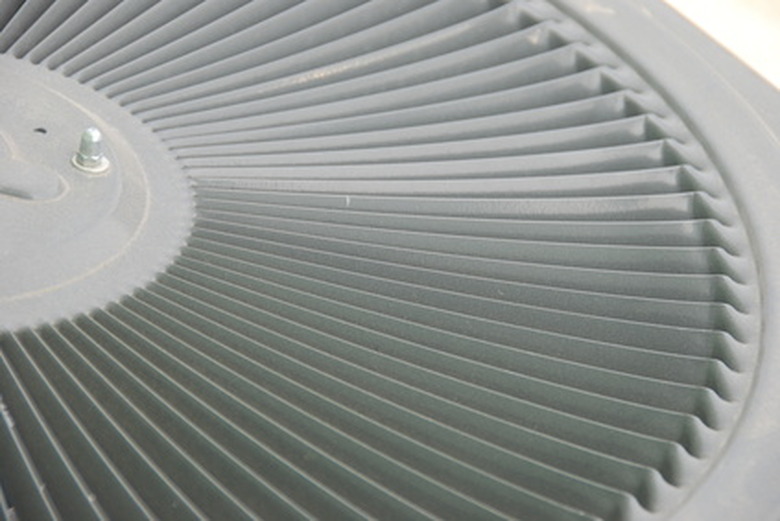Can You Lubricate A Bathroom Vent Fan?
Over the years, dust, grime and other airborne particles can build up on the moving parts of your bathroom vent fan, causing it to run louder, hotter and even slower. Lubricating these parts can keep grime and other debris from sticking to the fan, allowing it to move more freely.
Removing the Fan
To do so, follow these simple steps.
First, shut off the power to the circuit for the exhaust fan. This may require shutting off power to the bathroom altogether. Next, remove the screws holding the fan's cover in place and slide cover off.
At this point you will want to disconnect the power supply to your exhaust fan. This may require unplugging it if it is plugged into a socket or unscrewing the wire nuts holding the wires connected to your fan and separating them. In this case, make sure to pay special attention to the way the fan's wires are connected so you they can be easily reconnected when you are done.
- Over the years, dust, grime and other airborne particles can build up on the moving parts of your bathroom vent fan, causing it to run louder, hotter and even slower.
- At this point you will want to disconnect the power supply to your exhaust fan.
Now, you will see a metal bracket that connects the motor to the fan's housing. Depending on the type of fan, this bracket will be held in place by either metal screws or a squeezable tab. Gently remove the screws connecting this bracket to the housing or release by squeezing the tab. Now remove the fan from its housing, being careful not to drop it.
Lubricate
Now that you have removed the fan, clean it thoroughly by brushing off any loose dirt or grime with a cloth or small paintbrush. You may also use a vacuum cleaner to remove debris.
Next, remove the fan's blade and wash it carefully with warm, soapy water. Using a damp rag and some cleaning solution, wipe the motor's exterior. It is also a good idea to wipe or vacuum the dust from the fan's housing in the ceiling.
- Now, you will see a metal bracket that connects the motor to the fan's housing.
To oil the fan, find the point where the shaft holds the motor and make sure it is free of dirt and grime. Apply a few drops of number 30 oil or similar lubricant on both ends of the shaft where it adjoins to the the motor. Then rotate the shaft a few times, taking care to wipe away any excess oil.
Replace the Fan
Replace the blade back on the fan's shaft and make sure it spins easily. Dry the fan itself and reconnect it to the housing and power supply, again spinning the blade to make sure it is in place and moves freely. Once you are satisfied, replace the ceiling cover, turn on the circuit and test the fan to make sure it is working properly.
